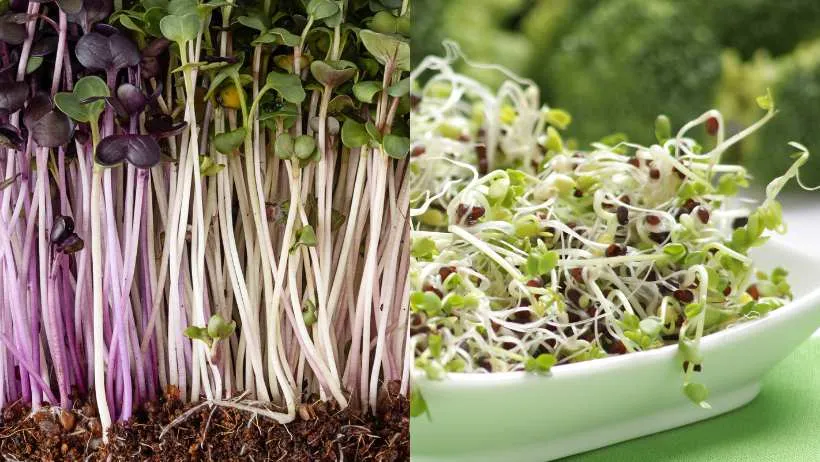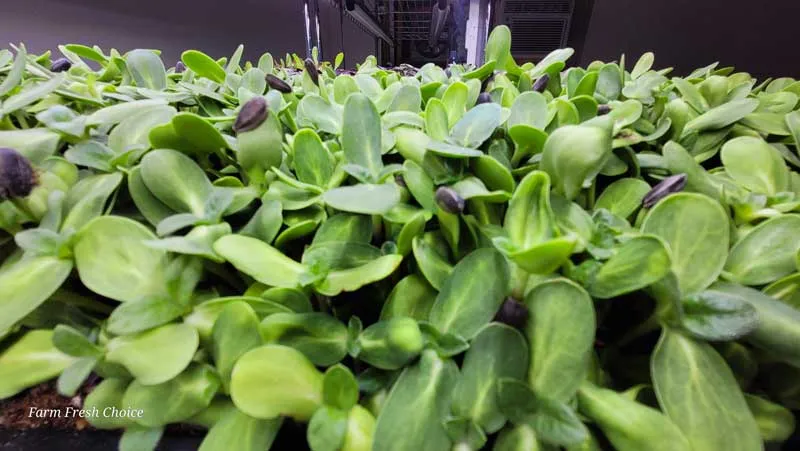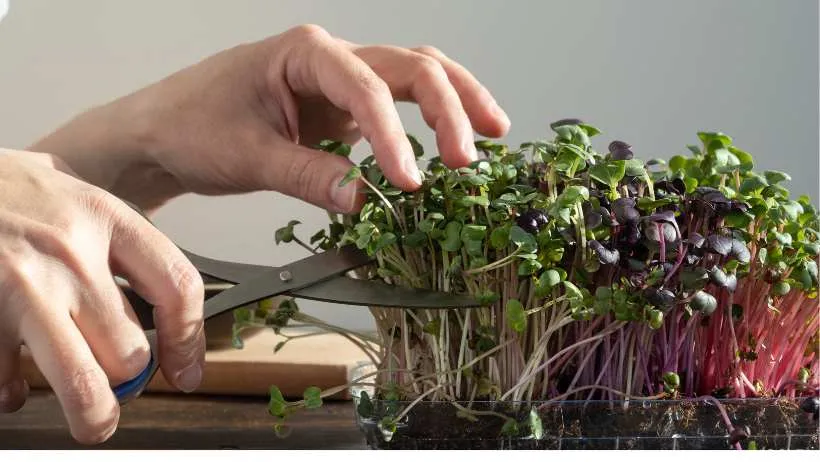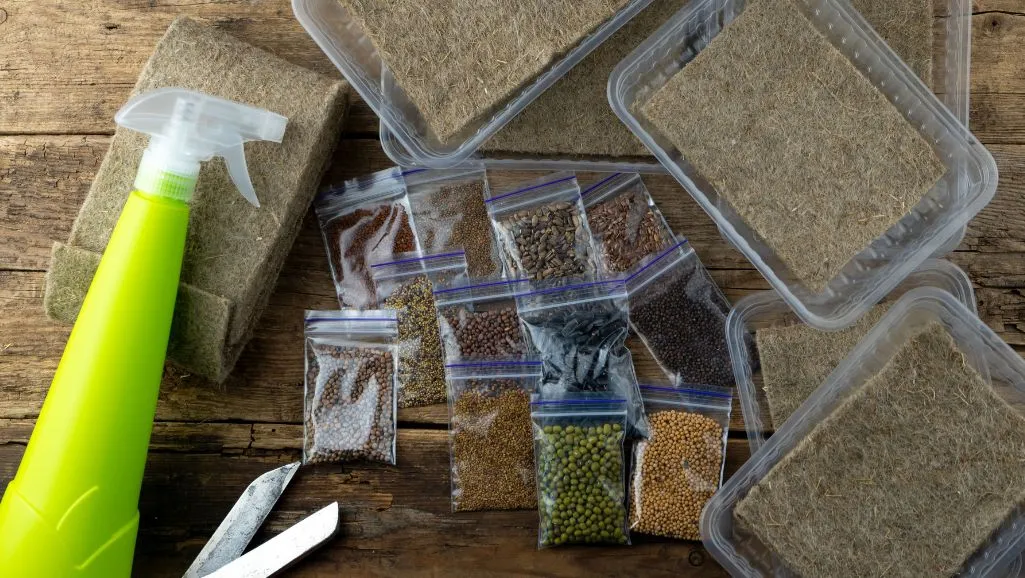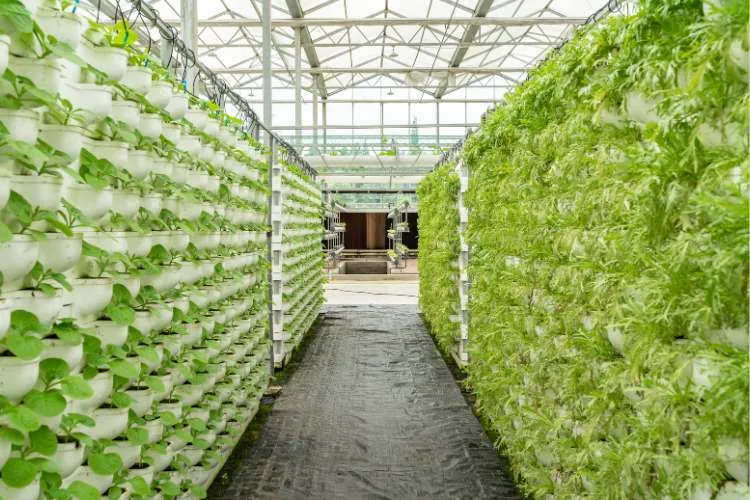Ah, the great sprouts vs microgreens debate. It’s like comparing apples to oranges, or maybe more like comparing puppies to kittens. Both are adorable in their own right but with distinct personalities and quirks. Sprouts and microgreens are the rising stars of the health food world, often confused but truly unique in their own right. Let’s unravel this verdant mystery together.
What are Sprouts?
Sprouts are the first stage of a plant’s life cycle. Imagine a tiny seed bursting with enthusiasm, ready to conquer the world. It grows, forming a delicate, pale shoot within a few days. Sprouts don’t need soil or sunlight—just water and a cozy, warm place to call home. They’re typically ready to munch on in less than a week.
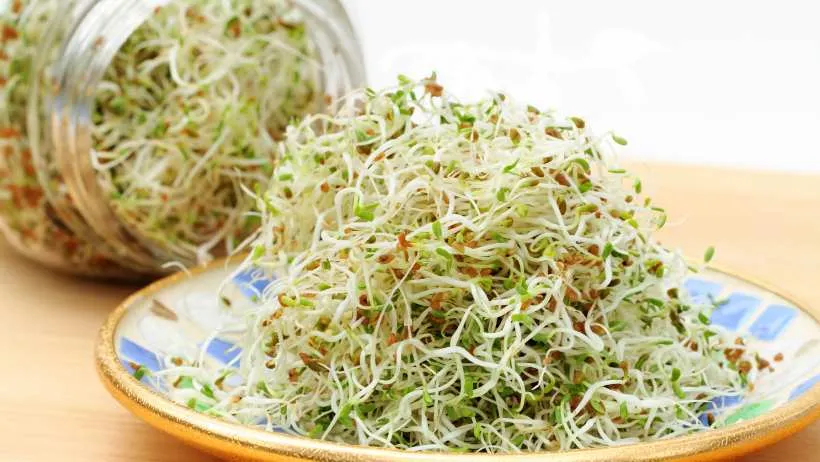
Let’s explore the world of sprouts. These little guys are the ultimate fast food in the plant kingdom—quick, efficient, and nutrient-dense. Sprouting is an ancient practice beloved by health enthusiasts and survivalists for its simplicity and nutritional benefits.
Picture this: you’ve got a handful of seeds—beans, grains, or even nuts—and embark on a sprouting adventure. You soak them overnight to wake them up from their seed slumber. The next day, you drain them and rinse them twice a day. After a few days, voilà! You’ve got a jar full of fresh, crunchy sprouts ready to add life to your meals.
Sprouts are incredibly versatile. Toss them in salads, stuff them in sandwiches, or just snack on them straight from the jar. They’re packed with enzymes, vitamins, and minerals easily absorbed by your body, making them a powerhouse of nutrition.
What are Microgreens
Microgreens, on the other hand, are the teenage rebels of the plant world. They require soil (or a growing medium), sunlight, and more TLC. These youngsters grow for about 7-21 days, developing vibrant green leaves and a stronger flavor profile than their sprout siblings. Microgreens are harvested just after they’ve developed their first true leaves, which gives them a more complex texture and taste.
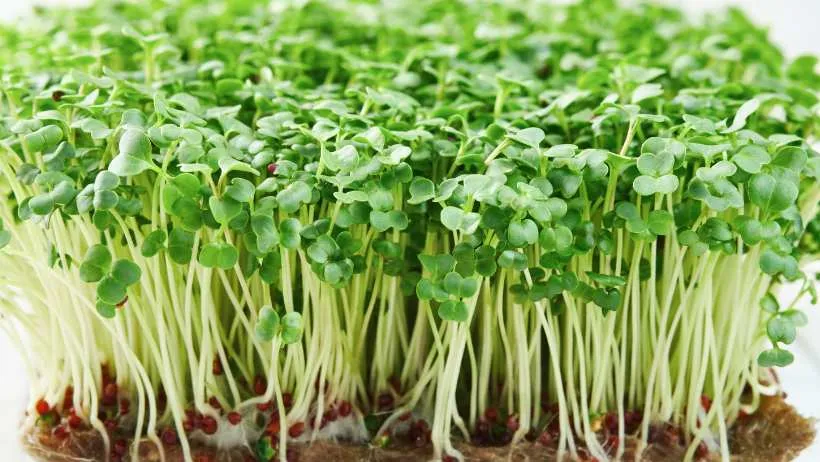
Now, let’s shift our gaze to the slightly more sophisticated microgreens. These culinary world darlings are like the plant kingdom’s fine wine. They take a little more time and attention to cultivate, but they are worth the wait.
Microgreens require a bit more setup. You need a growing medium—like soil or a special hydroponic mat—and a spot where they can soak up some sunlight. Once you sow the seeds, you cover them for a few days to simulate the darkness of the soil. Then, you let them bask in the light, encouraging those tiny green leaves to emerge.
Harvesting microgreens is a delicate affair. You carefully snip them at the base, usually when they’re about 1-3 inches tall. The result? A colorful, flavorful, and nutrient-packed garnish that can elevate any dish from ordinary to extraordinary. Microgreens are like the spruced-up version of sprouts—more mature, with a bolder taste and a more substantial crunch.
Which Is Better, Microgreens or Sprouts?
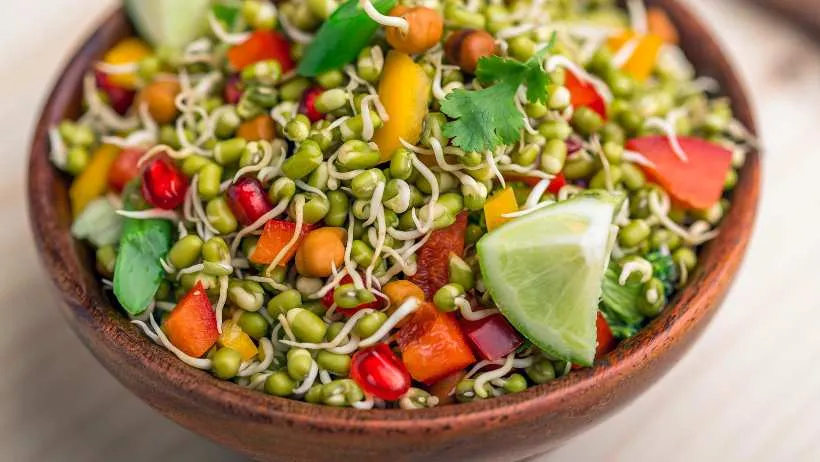
This question is like asking a parent to choose their favorite child. Both sprouts and microgreens have their own set of perks and quirks. It comes down to what you’re looking for in your greens.
If speed and simplicity are your top priorities, sprouts are your go-to. They’re quick to grow and require minimal effort. Plus, they’re super easy to incorporate into your diet, adding a fresh crunch to almost anything.
While slightly more demanding, microgreens offer a richer taste and a more refined texture. They’re perfect for those who appreciate the finer things in life and don’t mind a bit of a wait. Microgreens also pack a potent nutritional punch, often containing higher concentrations of vitamins and antioxidants than their sprout counterparts.
Microgreens and Sprouts Differences
Even though sprouts and microgreens are similar in many ways, they have unique identities, much like twins with different personalities. Let’s break it down.
Appearance
Sprouts are like the eager kids who show up early to the party. They’re harvested just a few days after germination, and you eat the entire thing—roots, seeds, and all. They’re typically grown in water or very moist conditions, which gives them a pale, almost translucent look. Think of them as the underdogs of the plant world. They are not very glamorous, but they pack a surprising punch.
Microgreens, on the other hand, are the show-stoppers. They are harvested later once the first true leaves have developed. They’re vibrant, colorful, and often more substantial. You only eat the stems and leaves, leaving the roots behind. Picture a mini-garden of bright, tiny plants that look like they’ve just stepped out of a photo shoot for a health magazine.
Taste and Texture
Sprouts have a mild, often neutral taste with a satisfying crunch. They’re like the friendly neighbor who don’t mind keeping things simple. Microgreens, however, bring the flavor. They can be spicy, sweet, or even slightly bitter, depending on the variety. They’re like the gourmet chefs of the plant world, adding a complex layer of taste to your dishes. Texture-wise, microgreens are tender and delicate, almost like a whisper compared to the crispness of sprouts.
Nutritional Content
While both are nutrient powerhouses, microgreens often take the cake. Studies have shown that microgreens can contain up to 40 times more nutrients than their mature counterparts. Imagine eating a tiny leaf that gives you the same nutrients as a whole head of lettuce. Sprouts are no slouches, either, though. They’re rich in enzymes, which are great for digestion and overall health. So, whether you’re munching on sprouts or nibbling on microgreens, you’re doing your body a favor.
Growing Method Comparison
So, you’ve decided to grow these tiny wonders at home? Fantastic! Let’s walk through the process of cultivating microgreens or sprouts so you can develop your green thumb.
Sprouts
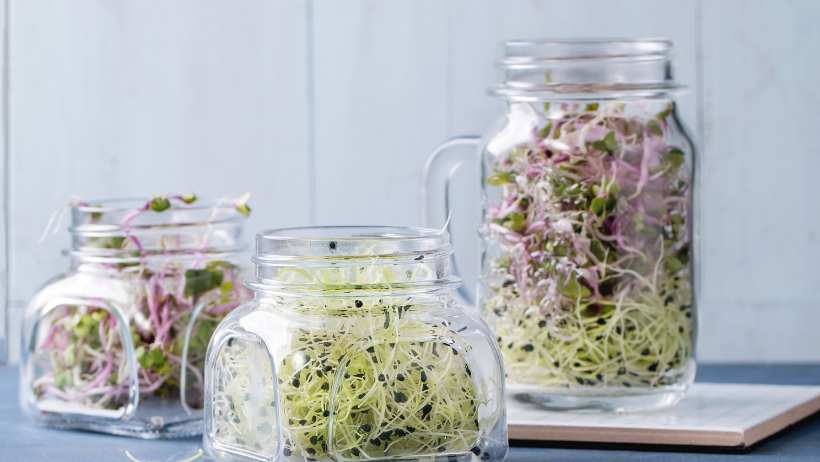
Growing sprouts is like diving into a new hobby without too much commitment. It’s quick, easy, and almost foolproof. You only need some seeds, a jar, water, and patience.
- Start with Seeds: Choose organic, untreated seeds. Popular choices include alfalfa, mung beans, and lentils.
- Soak: Place the seeds in a jar and cover them with water. Let them soak overnight. This helps to kickstart the germination process.
- Drain and Rinse: In the morning, drain the water and rinse the seeds. Cover the jar with a breathable cloth or mesh to allow airflow and place it in a spot out of direct sunlight.
- Rinse and Repeat: Rinse the seeds twice daily to keep them moist and prevent mold growth. This part is crucial to ensure they grow healthy and strong.
- Harvest: Your sprouts will grow in just a few days. They’re ready to harvest once they reach about 1-2 inches in length. Give them a final rinse, and enjoy!
Growing sprouts is like a sprint—quick, exhilarating, and incredibly rewarding in a short time.
Microgreens
Microgreens require a bit more effort and patience, but the results are worth it. Think of it as the difference between making instant noodles and preparing a gourmet meal. Here’s how you can cultivate these miniature greens.
- Choose Your Seeds: Like sprouts, start with organic, untreated seeds. Popular choices include radish, broccoli, and sunflower.
- Prepare the Soil: Microgreens need a growing medium. Fill a shallow tray with potting soil or a specialized microgreen growing mix.
- Sow the Seeds: Scatter the seeds evenly over the soil’s surface. Press gently into the soil, but don’t bury them too deep.
- Watering: Mist the seeds with water to keep them moist. Cover the tray with a lid or plastic wrap to create a humid environment, which helps with germination.
- Light and Growth: Once the seeds sprout, remove the cover and place the tray in a sunny spot or under the grow lights. Ensure they get about 4-6 hours of light daily.
- Harvest: Your microgreens will be ready in about 1-3 weeks. Use scissors to cut them just above the soil line. Rinse them gently and enjoy your home-grown delicacies!
Growing microgreens is like running a marathon—it takes longer and requires more effort, but the sense of accomplishment and the bounty of nutritious greens make it all worthwhile.
Do Sprouts Turn Into Microgreens?
Here’s where things get interesting. Sprouts and microgreens come from the same seeds, but they’re harvested at different stages of growth. Think of it as the difference between a toddler and a teenager.
Sprouts are newborns—just a few days old and still finding their feet. However, microgreens can grow longer, developing their first true leaves and a more complex flavor profile.
So, in theory, if you let your sprouts keep growing and give them the right conditions (like soil and sunlight), they could transform into microgreens. It’s like watching a caterpillar turn into a butterfly—a fascinating metamorphosis that results in something even more beautiful and intriguing.
Is There a Difference Between Microgreen Seeds and Sprouting Seeds?
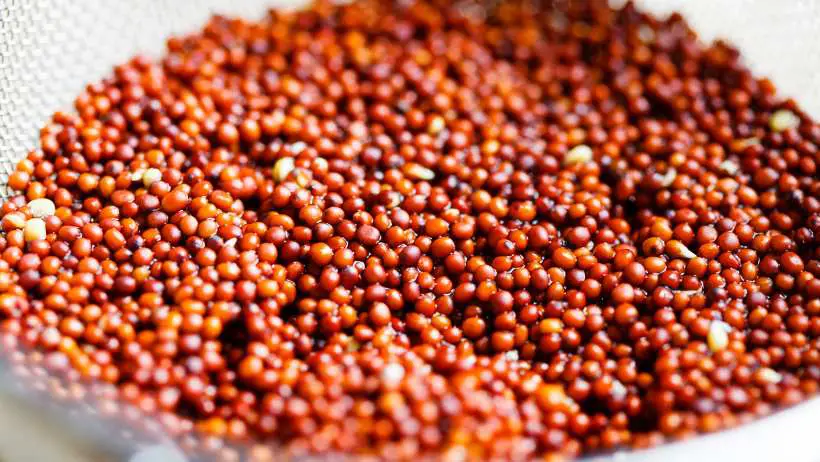
Great question! While you can often use the same seeds for sprouts and microgreens, the key difference is their quality and treatment.
Seeds labeled for sprouting are typically untreated and tested for pathogens to ensure they’re safe to eat raw. These seeds are all about growing quickly and safely in water.
Microgreen seeds, on the other hand, are often untreated. They’re geared toward producing a healthy, vibrant plant in soil or a growing medium. They’re about speed and producing the best flavor and nutrition possible in those tiny leaves.
Are Microgreens Really Healthier?
When it comes to the health benefits of microgreens or sprouts, both are like little green superheroes. However, microgreens often get the edge in the nutrition department.
Research has shown that microgreens contain up to 40 times higher nutrient levels than their mature counterparts. They’re packed with vitamins C, E, and K and a healthy dose of antioxidants. These nutrients are crucial for fighting inflammation, supporting immune function, and maintaining overall health.
Sprouts are no nutritional slouches, either. They’re rich in enzymes that aid digestion, vitamins, and minerals. However, because they’re harvested so early, their nutrient density isn’t as concentrated as that of microgreens.
So, while both are excellent choices for boosting your diet, microgreens often come out on top as the nutrient-dense champion.
Sprouts vs Microgreens vs Baby Greens
Now, let’s throw baby greens into the mix. Baby greens are the middle child in the leafy green family—not quite as young as sprouts or microgreens, but not fully mature either. These are your baby lettuces, baby spinach, and other leafy greens harvested when young and tender.
Baby greens offer a different texture and flavor experience compared to sprouts and microgreens. They’re larger and leafier, perfect for salads and wraps. Nutritionally, they fall somewhere between mature and microgreens—more nutrients than mature greens, but not as concentrated as microgreens.
Consider what you need for your dish when deciding between sprouts, microgreens, and baby greens. Sprouts for a crunchy, fresh addition, microgreens for a burst of flavor and nutrients, and baby greens for a more substantial leafy base.
Broccoli Sprouts vs Microgreens Sulforaphane
Let’s focus on broccoli sprouts and microgreens for a moment. These two are often touted for their health benefits, particularly their high levels of sulforaphane, a compound with powerful antioxidant and anti-inflammatory properties.
Broccoli sprouts are sulforaphane superstars. Studies have shown that they can contain up to 100 times more sulforaphane than mature broccoli, making them incredibly potent for supporting detoxification and fighting inflammation.
Microgreens, including broccoli microgreens, also contain sulforaphane, though typically in lower concentrations than sprouts. However, they offer a more balanced nutrient profile overall, with higher levels of other vitamins and antioxidants.
Broccoli sprouts are the best source of sulforaphane. However, broccoli microgreens are a fantastic choice if you want a broader range of nutrients with a flavorful punch.
Do You Eat Microgreens Raw or Cooked?
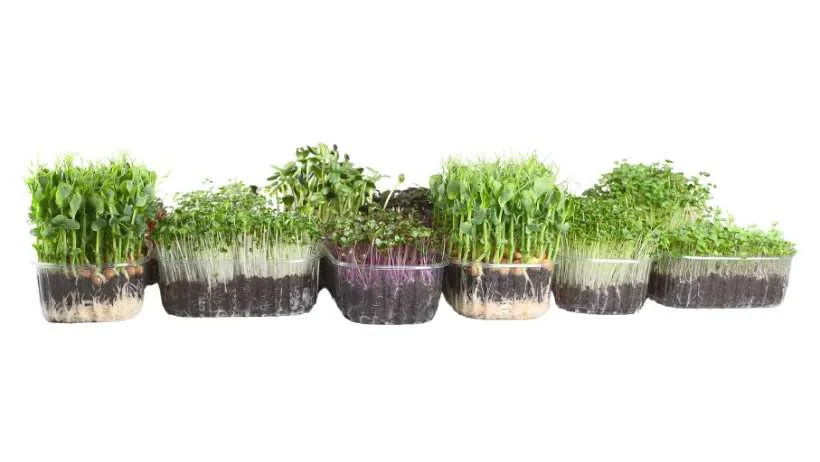
Ah, the age-old question: to cook or not to cook? When it comes to microgreens, the answer is usually raw, but let’s explore why.
Microgreens are delicate little things. Cooking them can destroy some of their precious nutrients and vibrant flavors. Eating them raw ensures you benefit from their vitamins, minerals, and enzymes. Their fresh, crisp texture is a delightful addition to any dish.
However, if you prefer wilted greens or want to incorporate them into warm dishes, a light sauté or gentle stir into hot food before serving can work. Remember not to overdo it, or you’ll lose some of their nutritional magic.
In contrast, sprouts are almost always eaten raw. Their tender, juicy nature makes them perfect for salads, sandwiches and wraps without any need for cooking.
Final Thoughts
In the end, the sprouts vs microgreens debate isn’t about choosing one over the other. It’s about appreciating the unique qualities each brings to the table. Whether you’re a sprout aficionado or a microgreen gourmet, incorporating these tiny but mighty plants into your diet can boost your health and elevate your meals. So, embrace the green revolution and enjoy sprouts and microgreens’ fresh, flavorful benefits!

